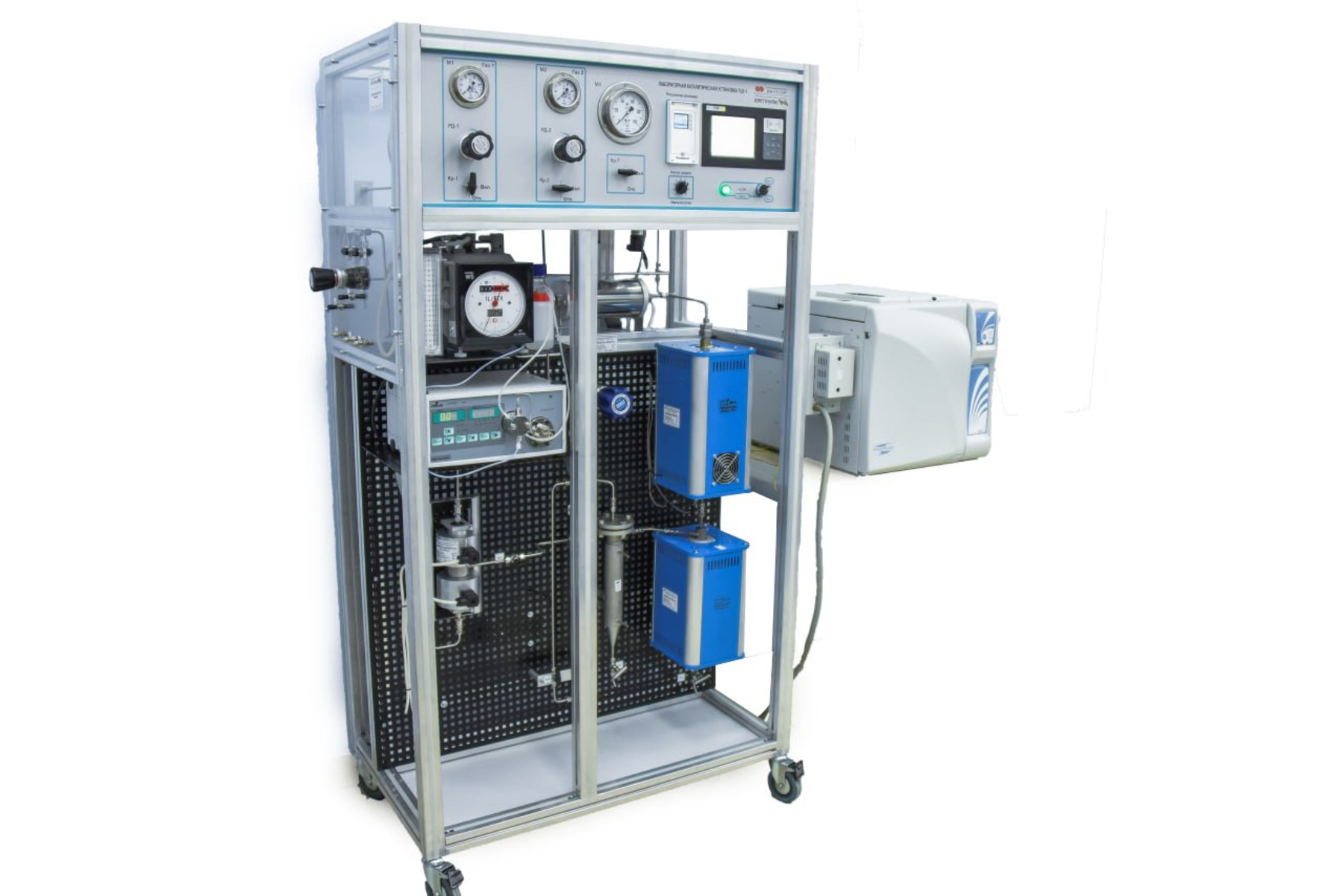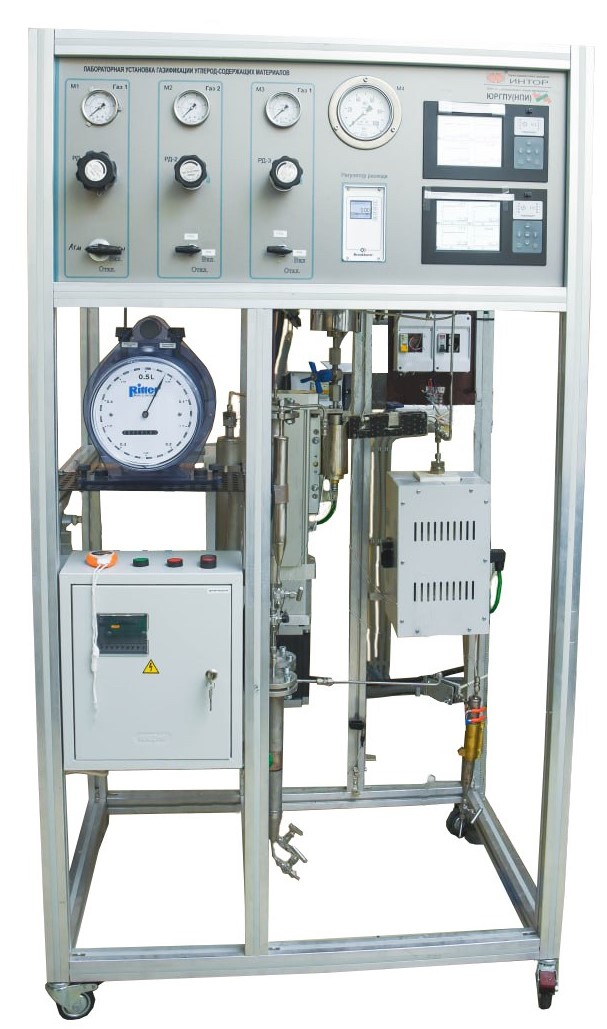Catalog
Search
3 products
View:
- Selected: 0Areas of use
- Selected: 0Item names
- Selected: 0Manufacturer
- Selected: 0Made in
- Selected: 1Additional
View:
3 products

PU Desktop laboratory catalytic unit
The PU desktop laboratory unit is an automated installation based on a mini–reactor with a fixed layer that has a volume of up to 1.5 cm3. The PU desktop laboratory unit is designed to perform kinetic studies, evaluate the properties of catalysts, model catalytic processes, test the stability of catalysts and sorbents.
For maximum compliance with the customer's requests, the installation has a modular design with the possibility of adding new options.
Main advantages:
1. Compactness;
2. Real-time parameter monitoring;
3. Easy maintenance;
4. Operation safety;
5. User-friendly interface.
Applied tasks
1. Hydrogenation/dehydrogenation processes of hydrocarbons;
2. Fischer-Tropsch synthesis;
3. Catalytic cracking and isomerization;
4. Reforming of natural gases;
5. Hydrogenation processes;
6. Catalytic oxidation;
7. Hydrotreating processes.
Basic equipment
1. Gas supply unit
2. Reactor unit
3. Separation unit
4. Sampling unit
5. Unit for measuring the volume of the outgoing gas
6. Control unit
YURGPU(NPI) FGBOU VO "YURGPU(NPI) IMENI M.I.PLATOVA"
Novocherkassk
Produced in: Rostov region, Novocherkassk

PCU-1 Laboratory catalytic unit
The PCU-1 laboratory catalytic unit is designed to perform the following tasks:
1. Educational and scientific research of chemical processes;
2. Improvement of current industrial processes and development of new ones;
3. Studies of homogeneous and heterogeneous catalysts.
The PCU-1 laboratory catalytic unit is manufactured in accordance with the technical requirements of customers so as to correspond to a wide range of technological parameters. Additionally, embedded equipment is designed to control the flow of raw materials and products, as well as data collection and processing. The unit can be subsequently modernized for new purposes.
Main advantages:
1. A reliable and high-precision system of control and regulation of technological parameters;
2. Easy replacement of catalyst samples;
3. The possibility of conducting long-term tests in continuous mode;
4. The possibility of upgrading the unit for new purposes;
5. The possibility of conducting tests in flow and flow-circulation modes;
6. Control and accurate reproduction.
YURGPU(NPI) FGBOU VO "YURGPU(NPI) IMENI M.I.PLATOVA"
Novocherkassk
Produced in: Rostov region, Novocherkassk

Laboratory hydrocracking/gasification unit
The laboratory unit is designed to study the catalytic and thermal processes of processing heavy petroleum raw materials.
The installation allows you to explore the following processes:
1. Hydrocracking
2. Thermal cracking
3. Gasification of water dispersions of coal, biomass, heavy oil residues.
The high-pressure liquid pump operates at temperatures up to 200°C, which makes it possible to supply high-viscosity components (fuel oil, tar, paraffin, ceresin, etc.) to the reactor.
The laboratory unit is manufactured in accordance with the technical requirements of customers so as to correspond to a wide range of technological parameters. The modular configuration of the unit allows you to change or upgrade it at any time for new tasks.
Main advantages:
1. The possibility of developing and supplying a reactor to meet customer requirements;
2. A wide range of accessories for the supply of liquids/solids;
3. Visual process control;
4. A system of control and regulation of technological parameters;
5. Convenience of loading and unloading of raw materials and reaction products;
6. The possibility of conducting long-term tests in continuous mode;
7. The possibility of upgrading the structure for new purposes;
8. Control and accurate reproduction.
YURGPU(NPI) FGBOU VO "YURGPU(NPI) IMENI M.I.PLATOVA"
Novocherkassk
Produced in: Rostov region, Novocherkassk
